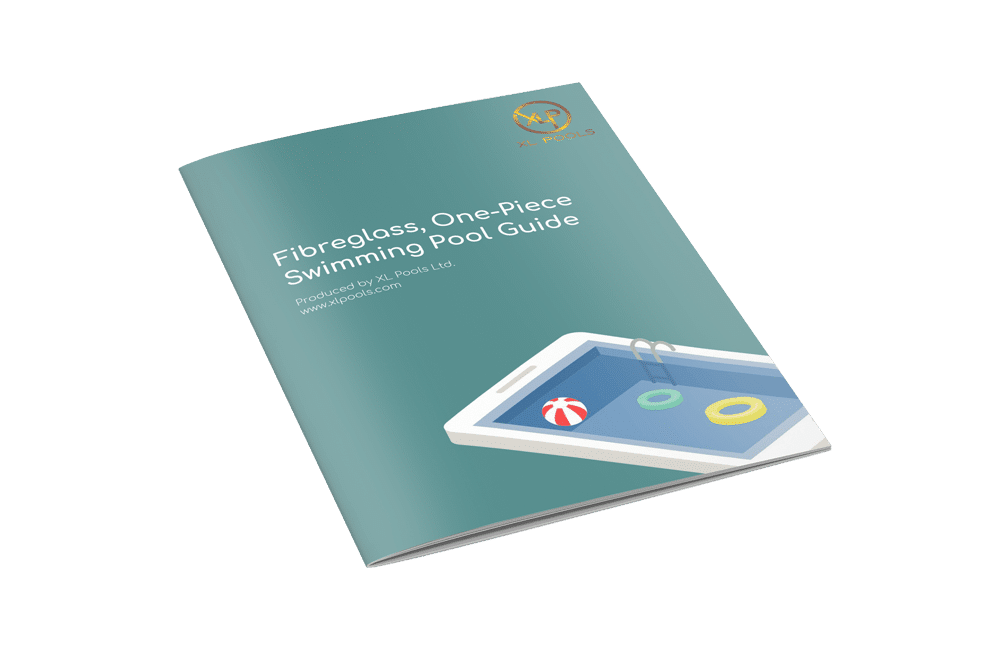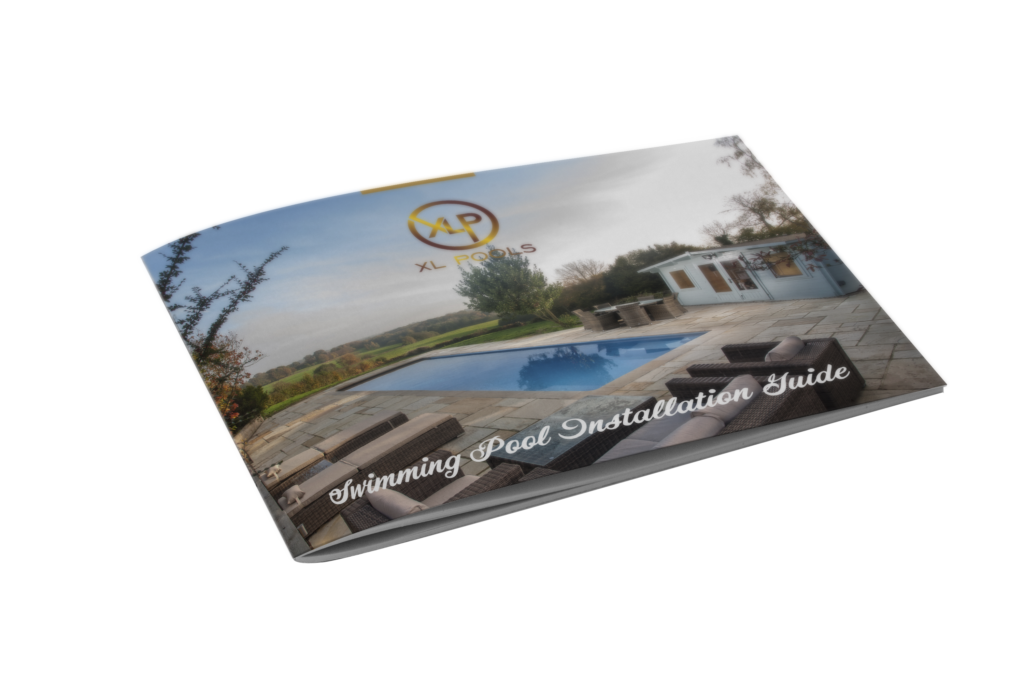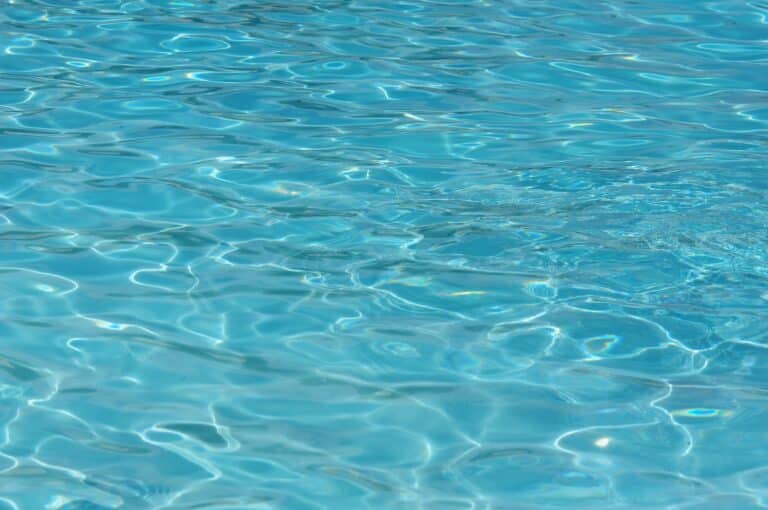Once you’ve decided on the type and structure of the swimming pool of your dreams, you’ll need to think about the pool room itself. This is important because not only does the room need to look good to match your aesthetic aspirations for your indoor swimming pool, it also needs to function correctly to keep the structure and air safe and healthy for pool users.
Effective air handling is the key to managing the air temperature and the humidity inside your pool room, essential in preventing condensation and maintaining a pleasant environment. Modern air handling units can often be multifunctional, performing the task of dehumidifying the air in the pool room and heating the room at the same time. Some units can even combine another function and heat your pool water too.
Air Temperature
The air temperature of your swimming pool room should in general be maintained at around 1oC warmer than your pool water. This helps to reduce evaporation and provide a more comfortable experience for swimmers who may otherwise become cold as they leave the water. If you’re heating your water to a higher temperature for relaxation bathing or to accommodate very young or elderly swimmers, you may find it uncomfortable and impractical to heat your room to the same temperature. The futher apart the temperatures of the water and the air become, the greater the level of evaporation, thereby increasing the humidity in the room.
When your pool is not in use, of course you won’t need to heat the room to the same level all the time, but do make sure to cover the pool to minimise evaporation while there are no swimmers.
Humidity and Condensation
Humidity in your indoor pool room occurs when the air becomes warm and moist with water particles. This moisture remains in the air until it comes into contact with a surface which is at a cooler temperature, when it condenses back into water, forming condensation. Key areas for condensation in swimming pool rooms are windows, window frames, doors and insufficiently insulated roof space. Condensation is a problem in lots of ways: as well as looking unsightly it can also cause damage through damp, the growth of mould, and when combined with chlorine can become corrosive.
Having good insulation is one way to prevent condensation, but it’s more effective to tackle the cause, and work to reduce the humidity in the room. As we’ve mentioned, obtaining the appropriate air temperature is one way to manage this, but a good dehumidifying system is essential. A dehumidifier sucks the humid air in and removes the water vapour. Some models will then recover and heat that air before releasing it back into the room. Blowing warm air over windows and other typical condensation points will help to prevent the problem.
Your System
Choosing the right air handling system for your indoor swimming pool setup is vital. If you’re not sure what’s appropriate for your needs, speak to a swimming pool engineer or consultant. Your decision might depend on the size and structure of the room, whether you already have a separate pool water heater, and your needs for air heating and dehumidifying.
Photo Credit:
Ascot Pools via photopin cc







